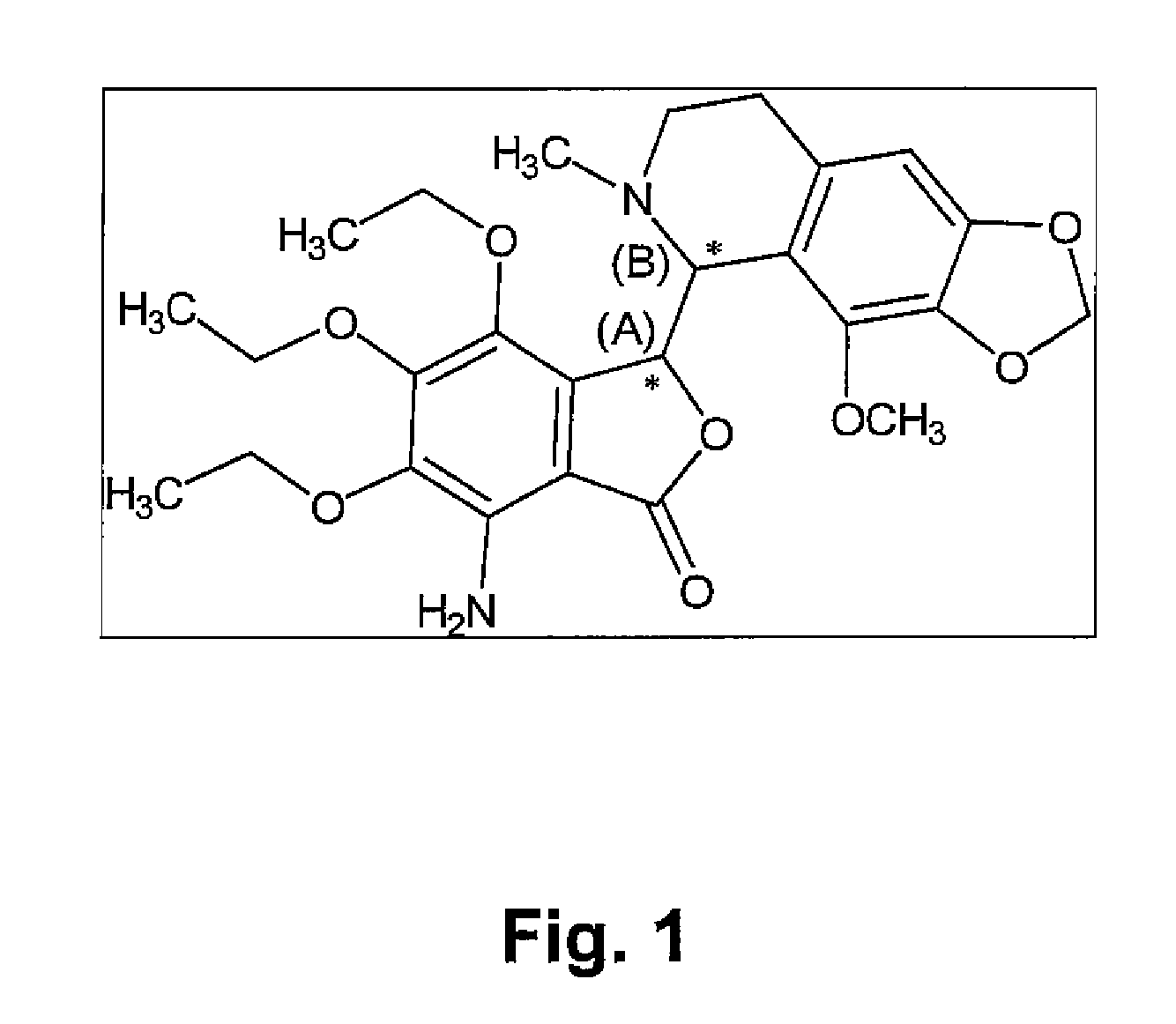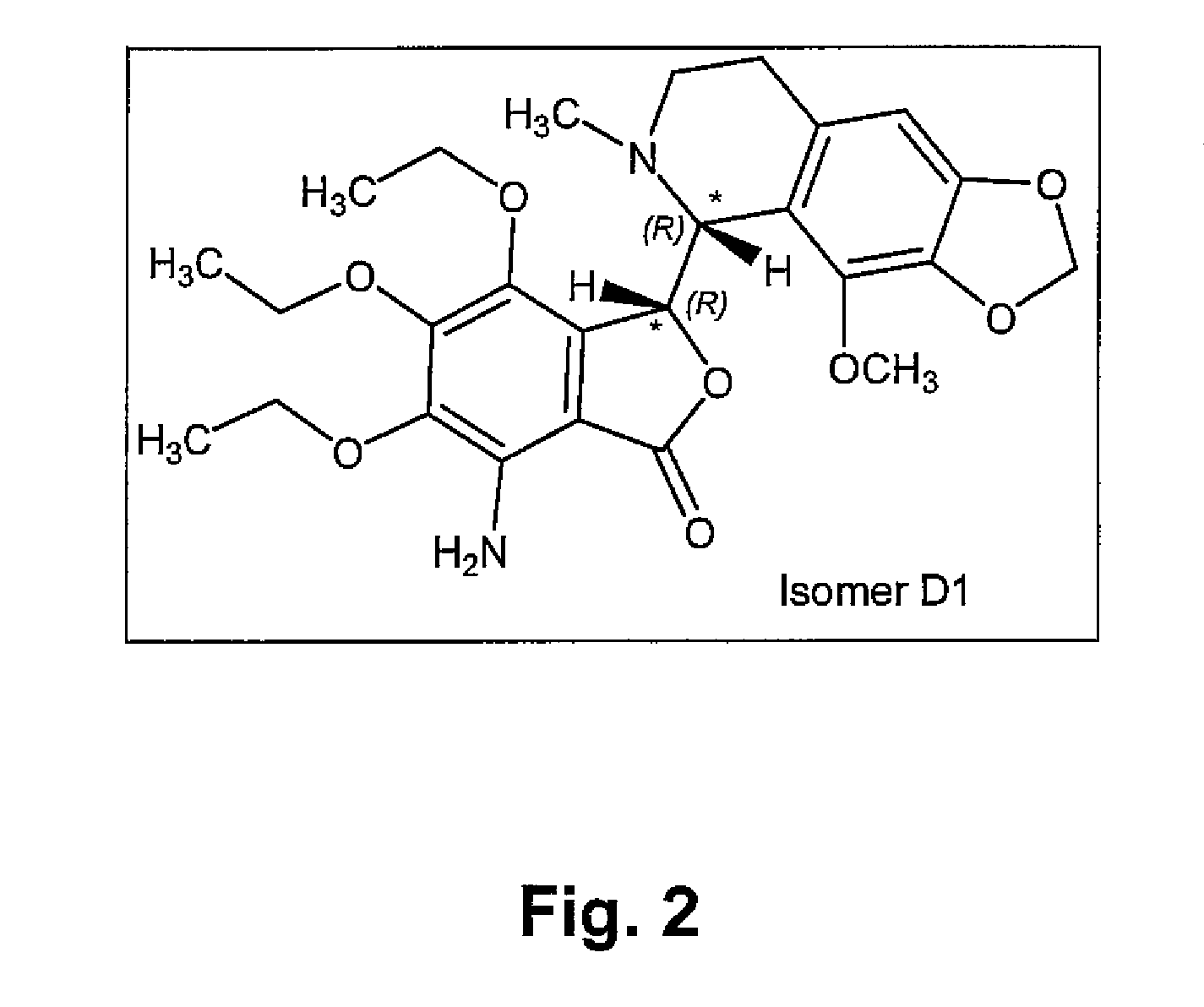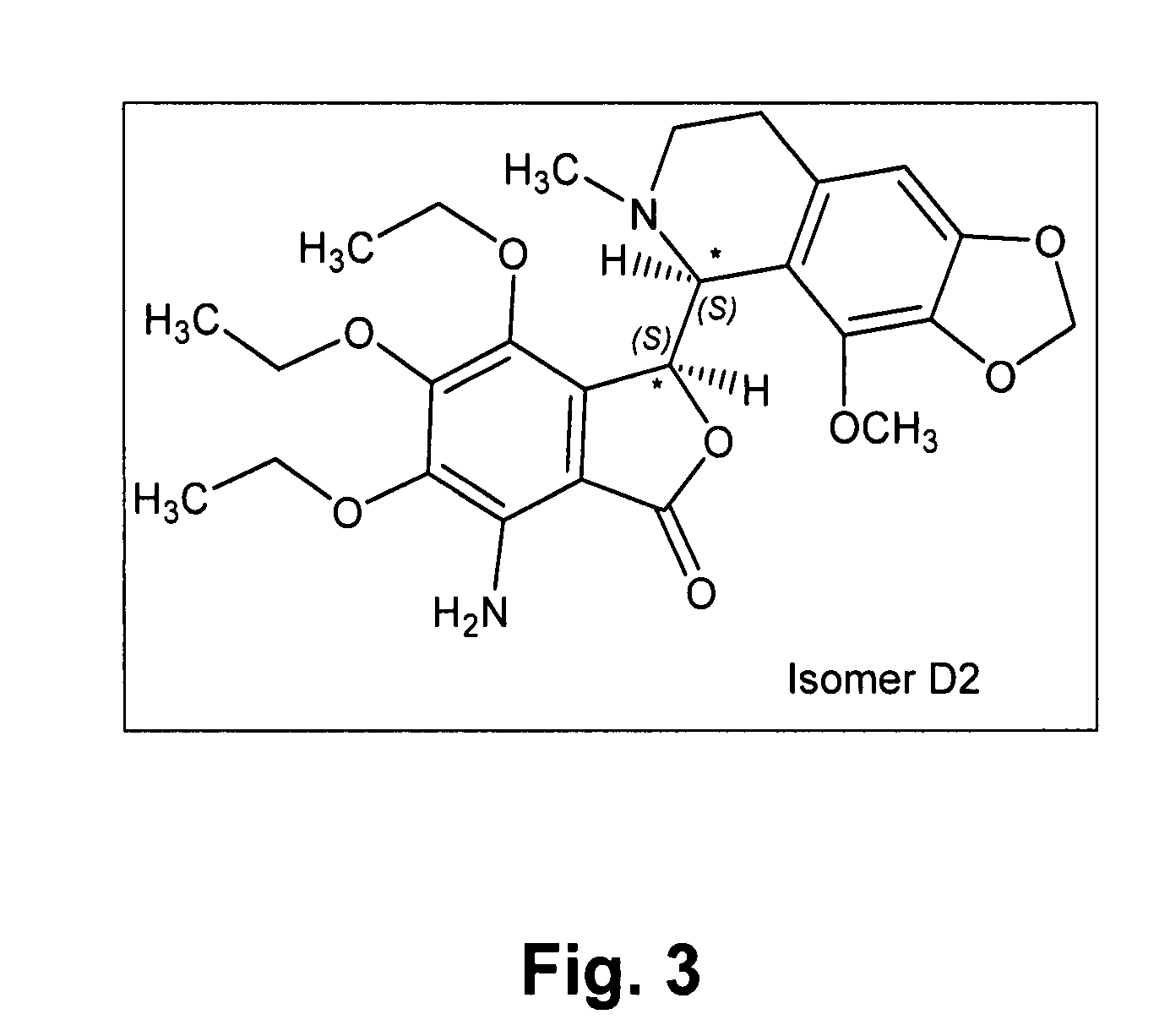Treatment of diseases modulated by a H4 receptor agonist
a technology of h4 receptor and h4 receptor, applied in the direction of immunodeficiency syndrome, drug composition, biocide, etc., can solve the problems of unmet and unperceived need to develop h4r agonists to treat h4r modulated diseases, and the inability of advair® to quickly relieve symptoms
- Summary
- Abstract
- Description
- Claims
- Application Information
AI Technical Summary
Benefits of technology
Problems solved by technology
Method used
Image
Examples
example 1
TRQ+Anti-H1 or TRQ+Anti-H1+Anti-H2 Treatment of GERD Patients
[0225]The effectiveness of the combination of Tritoqualine with an anti-H1 and combination of Tritoqualine with an anti-H1 drug and an anti-H2 drug was demonstrated in human studies.
Patient Cohort
[0226]Patients at baseline had at least a one year history of GERD for whom treatment with proton pump inhibitors (PPI) did not satisfactorily manage GERD symptoms. Baseline patients were diagnosed with GERD and Respiratory symptoms of allergy such as Allergic Rhinitis and Asthma.
[0227]Two groups of patients were treated in this study. The first group (Group A) was treated with an H4R agonist, Tritoqualine at 200 mg daily and an anti-H1 drug, Loratadine at 10 mg daily. The second group (Group B) was treated with a combination of a H4R agonist, Tritoqualine at 200 mg daily; an anti-H1 drug, Loratadine at 10 mg daily, and an anti-H2 drug, Ranitidine at 150 mg daily. The demographic characteristics of the patients are shown on Table ...
example 2
TRQ+Anti-H1, TRQ+Anti-H2 or TRQ+Anti-H1+Anti-H2 Treatment of GERD Patients
[0235]The effectiveness of the combination of Tritoqualine with an anti-H1, combination of Tritoqualine with an anti-H2 and combination of Tritoqualine with both anti-H1 and anti-H2 was demonstrated in human studies.
Patient Cohort
[0236]Patients at baseline had at least one year history of GERD, for whom treatment with proton-pump inhibitors, anti-H1, anti-H2 and combination of anti-H1 and anti-H2 yielded unsatisfactory management of GERD symptoms. Baseline patients had received anti-H2 in the dosages range of 400-800 mg of Ranitidine per day, anti-H1 in the dosage range of about 10 mg Loratadine per day, and proton pump inhibitors (PPI) in the dosage range of about 40-60 mg of Omeprazole or Esomeprazole per day. The baseline patients were diagnosed with GERD and respiratory symptoms of allergy such as allergic rhinitis and asthma.
[0237]The one year history of allergies was confirmed with two positive prick tes...
example 3
Characterization of TRQ, E1 and E2
[0246]The known chemical structure of Tritoqualine, illustrated in FIG. 1, is characterized by, amongst other structural features, the presence of two asymmetric carbons, A and B (marked with asterisk). Thus, depending on the method of synthesis, Tritoqualine active pharmaceutical ingredient can be produced as either one or two diastereomeric structures each one comprising of its corresponding two mirror images, enantiomers. Thus, Tritoqualine can exist as either two or four possible isomeric structures. Using the convention of R and S designation in each asymmetric carbon, one of the two possible diastereomeric structures will be comprised of the RR and SS enantiomers, and the other of RS and SR enantiomers. Embodiments of the two enantiomers include an isolated stereoisomer of Tritoqualine having the structure D1 of FIG. 2 and an isolated stereoisomer of Tritoqualine having the structure D2 of FIG. 3 and pharmaceutical compositions thereof.
Materia...
PUM
| Property | Measurement | Unit |
|---|---|---|
| time | aaaaa | aaaaa |
| time | aaaaa | aaaaa |
| diameter | aaaaa | aaaaa |
Abstract
Description
Claims
Application Information
 Login to View More
Login to View More - R&D
- Intellectual Property
- Life Sciences
- Materials
- Tech Scout
- Unparalleled Data Quality
- Higher Quality Content
- 60% Fewer Hallucinations
Browse by: Latest US Patents, China's latest patents, Technical Efficacy Thesaurus, Application Domain, Technology Topic, Popular Technical Reports.
© 2025 PatSnap. All rights reserved.Legal|Privacy policy|Modern Slavery Act Transparency Statement|Sitemap|About US| Contact US: help@patsnap.com



